
The new art nouveau of Richard Burlet
 4 min
4 min
The new art nouveau of Richard Burlet

The New Art Nouveau of Richard Burlet
By Claudia Moscovici
In 1899, the controversial Austrian symbolist painter Gustav Klimt, also associated with the Art Nouveau movement, displayed his starkly sexualized painting, Nuda Verita, with a famous quotation from Friedrich von Schiller: “If you cannot please everyone with your deeds and your art, please a few. To please many is bad.” By the end of his life, a period which is referred to as his “Golden Phase” because of the gold leaf the artist incorporated into his later paintings, Klimt had attained a level of international success that certainly pleased countless viewers.
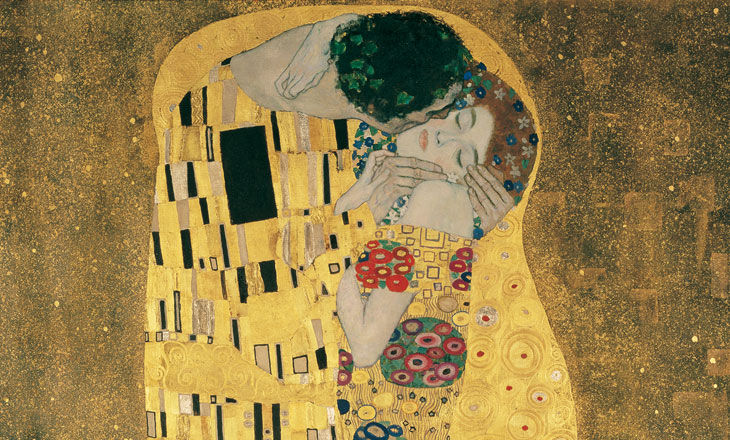
The Kiss (1907-08) became one of the most famous paintings in the world and remains a favorite among art lovers. But, in its origins, neither Klimt nor the Art Nouveau movement aimed to please many. Art nouveau, which means quite literally “new art” in French, was an international movement at the turn of the nineteenth century in art, design, interior décor, jewelry and architecture. The artists associated with this movement attempted to bridge the gap between art and nature by incorporating into their works, in a stylized fashion, the motifs we commonly find in nature: leaves, flowers and winding vines. The most famous artists associated with this tradition—Gustav Klimt, Alphonse Mucha, Antoni Gaudi and Louis Comfort Tiffany—each left his unique signature fingerprint upon this increasingly popular art movement.
There are certain art movements that never go out of style: Art Nouveau can be counted among them. Highly stylized yet in harmony with nature; ornamental yet profoundly philosophical; sexually daring and controversial yet utterly refined, Art Nouveau continues to please and surprise many, even if–to return to Klimt’s citation of Schiller–that is not its main objective.
Richard Burlet is one of the most striking and appealing contemporary artists invigorating for our times the Art Nouveau tradition that I have encountered. French of origin, Burlet was influenced by French and Viennese art, particularly—and not surprisingly, if we glance at his work—by the paintings of Gustav Klimt. He studied at the prestigious Ecole Nationale Superieure des Beaux Arts for a few years, then began his career as a painter. Burlet’s paintings incorporate gold and silver leafs, oriental designs and vibrant colors. His striking portraits are as beautiful and iconic as they are individuated.
Although Burlet’s style is certainly inspired by the Art Nouveau moment, each portrait is different, expressing a unique personality that seems to flow from—and blend into–the carefully chosen ornamental details. The largely artificial aesthetic distinctions between art and design; depth and surface; background and foreground; originality and imitation are put to the test—and, ultimately, rendered meaningless—by Richard Burlet’s breathtakingly beautiful art, much as they were by Klimt, his inspiration and precursor. You can view some of Burlet’s paintings in art galleries around the world as well as online, on the following website:
http://www.acquisitionsoffineart.com/Home/Richard_Burlet.html









 English
English
 Français
Français
 Deutsch
Deutsch
 Italiano
Italiano
 Español
Español

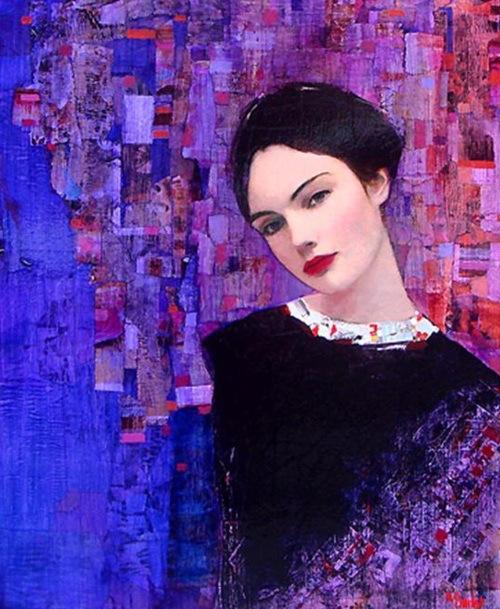

 Contribuer
Contribuer






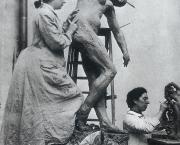
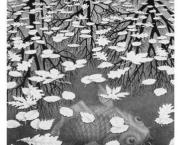
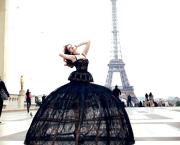


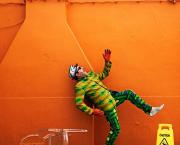

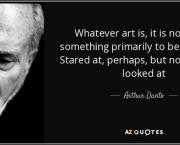


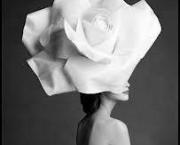




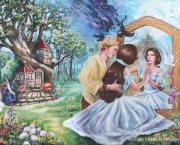


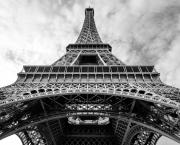


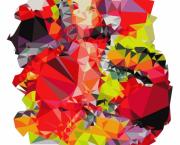
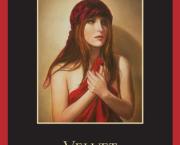


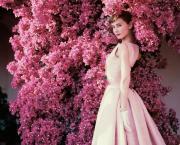
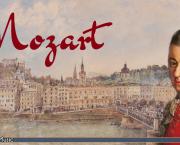
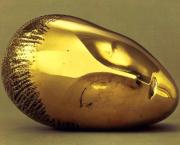

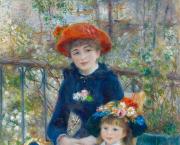
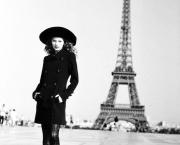

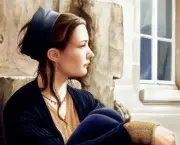






 Tu peux soutenir les auteurs qui te tiennent à coeur
Tu peux soutenir les auteurs qui te tiennent à coeur





